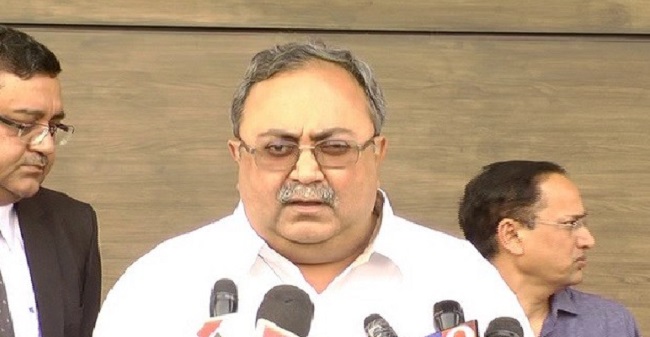Ahmedabad BRTS started its operation from October 2009, which is operated by Ahmedabad Janmarg Limited, a subsidiary of Ahmedabad Municipal Corporation. It runs AC and non-AC buses on dedicated road corridors on the lines of Metro rail. In World Bank Report titled “Leveraging Urbanisation in South Asia”, which has indicated that the name given to BRTS ‘Janmarg’ means ‘people’s way’ and is a road-based public transport service, featuring a closed system with bus stations along road medians as well as revamped rights of way to include cycle tracks and pedestrian facilities. Describing most South Asian cities as “poorly planned and managed”, the report singles out Ahmedabad’s BRTS states that nearly 20 to 22 % commuters have migrated from motorcycles to buses, saving almost 200,000 vehicle-kilometers a day.As per reports the Janmarg is expected to continue attracting passengers and is part of a larger regional plan for Ahmedabad with far wider coverage. It said that the extensive network has benefited previously underserved groups. For example, there has been a rise in female travellers, and almost 40 per cent of commuters in the afternoon off-peak hours are women. “Janmarg has also helped rejuvenate Ahmedabad, encouraging redevelopment of vacant, former mill lands and the building of new housing and shopping areas for the urban poor along its corridors,” the World Bank report says. The report praised the Gujarat government’s move to look into the problem of the current very low floor area ratio, which is a mere 1.0 at some places, choking the traffic in the Central Business District (CBD), impeding pedestrian movement.
The “ambitious local area plan” drafted by the Ahmedabad authorities, according to the report, “proposes to transform the CBD by leveraging its connectivity to a proposed metro-rail system and its location along the waterfront.” “It also proposes to triple the floor area ratio from 1.8 to 5.4, quadruple the population from 85,000 to 357,000, and double the street network coverage and green cover.
“The plan includes key elements such as adding new streets to improve connectivity and walkability, appropriating street-side setbacks and reducing building footprints, relaxing building envelope and height restrictions, incorporating design elements such as arcades, and transferring development rights up to the maximum building height”, the report states. Describing Ahmedabad as ideal city, the report says, “Although South Asian cities generally may not be ready to adopt congestion pricing and tolling, implement parking controls, or levy taxes on luxury vehicles, they could start with basic traffic management initiatives, such as charging for on-street parking, and then move toward pay-to-use parking lots and garages.”





